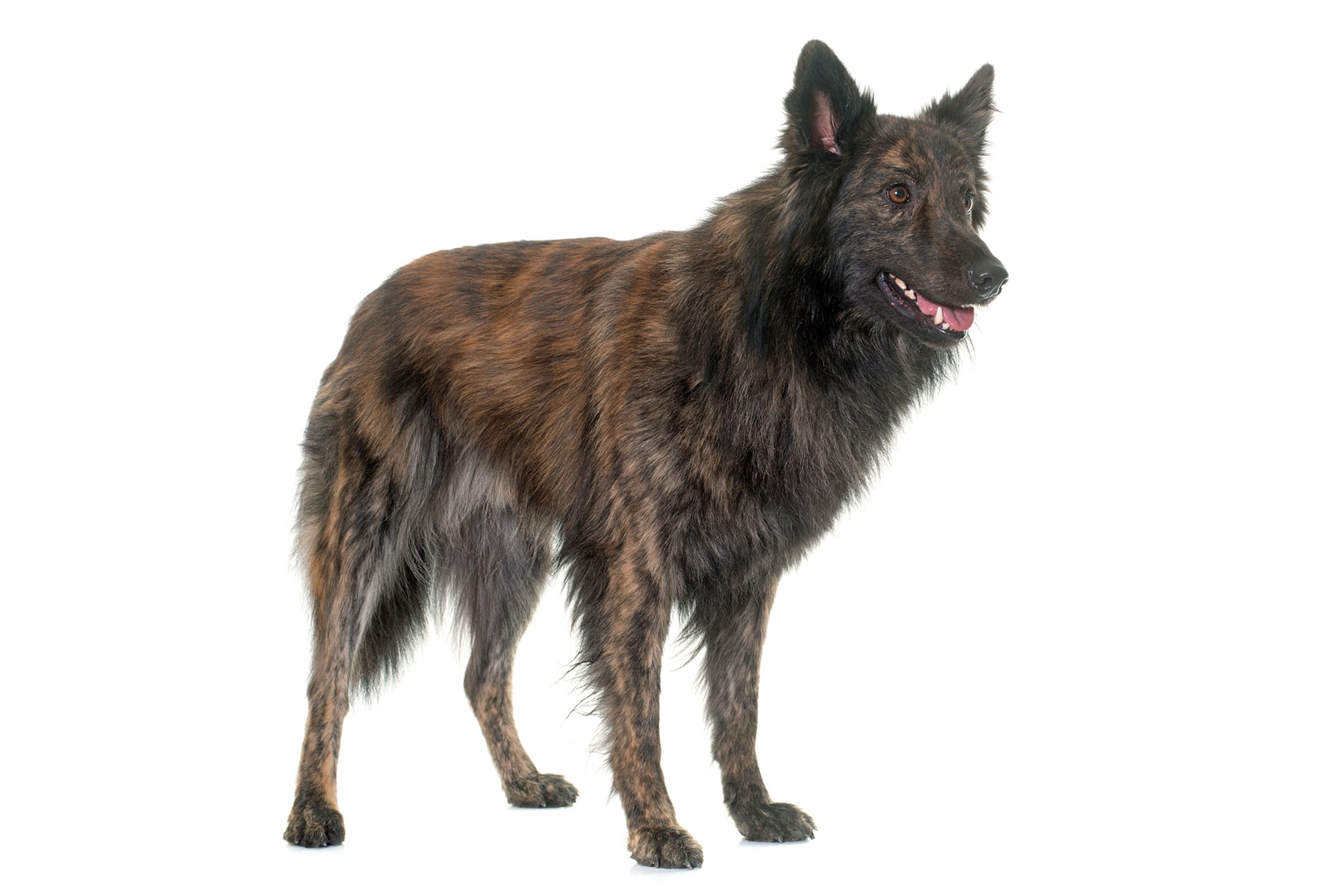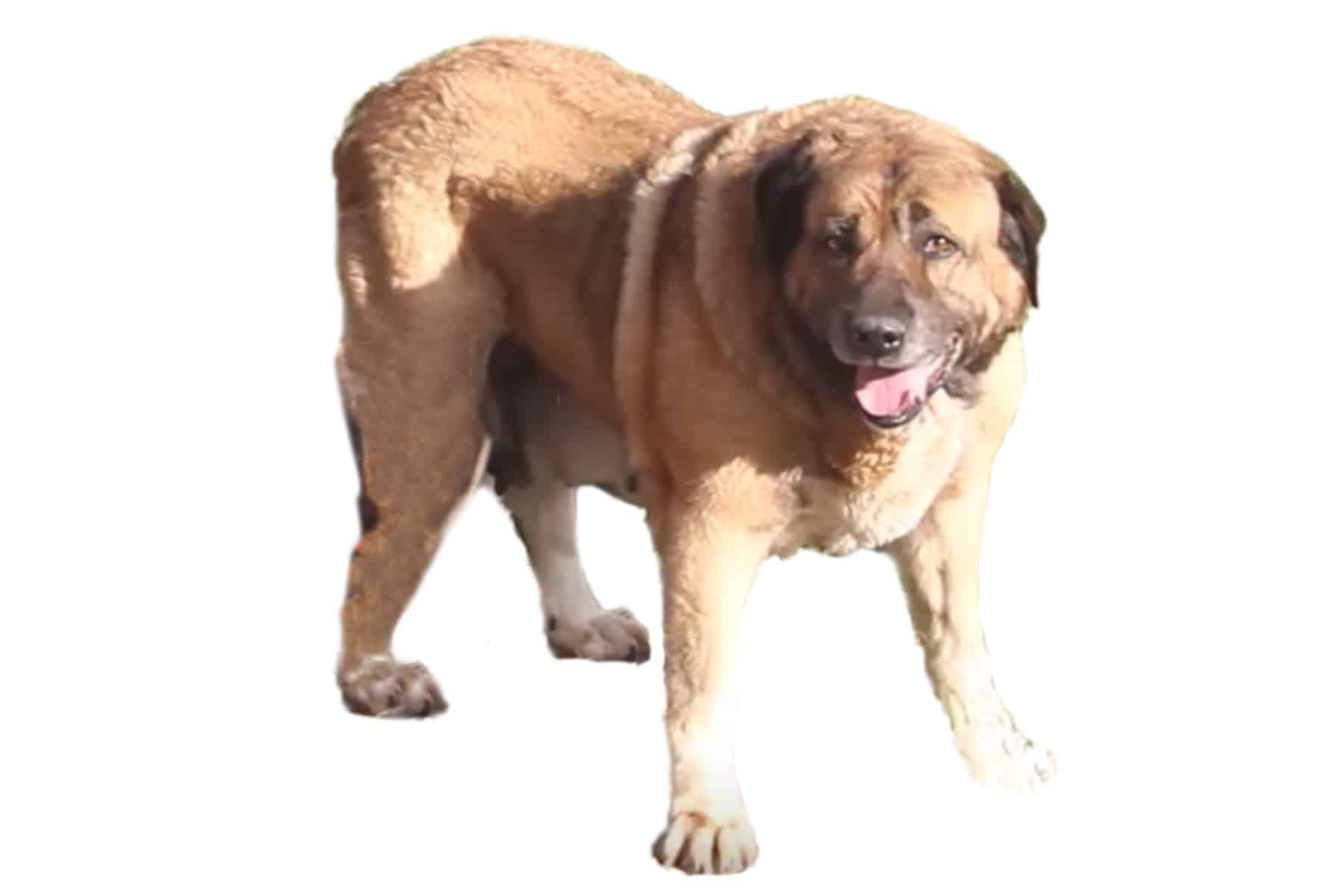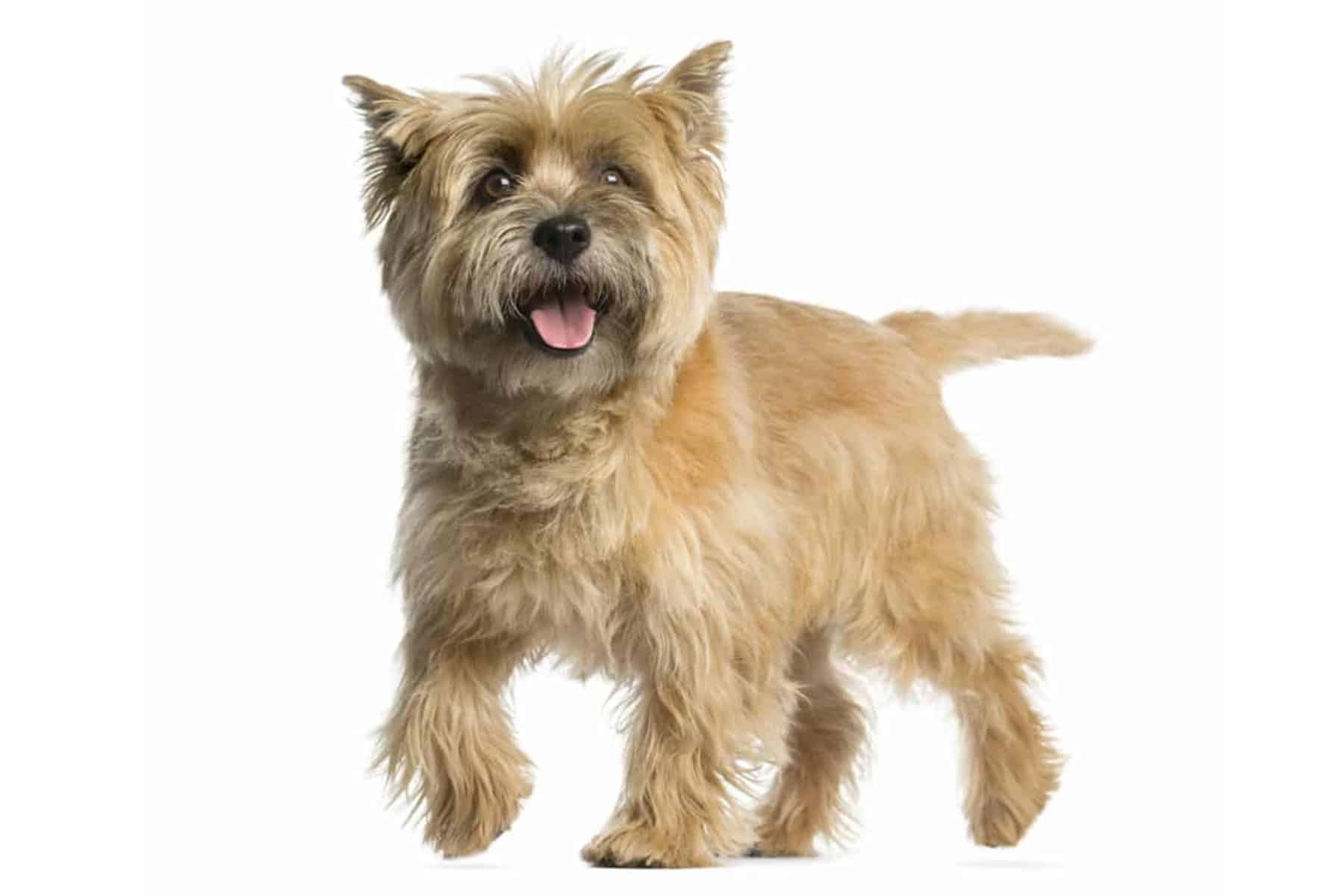Czechoslovakian Wolfdog
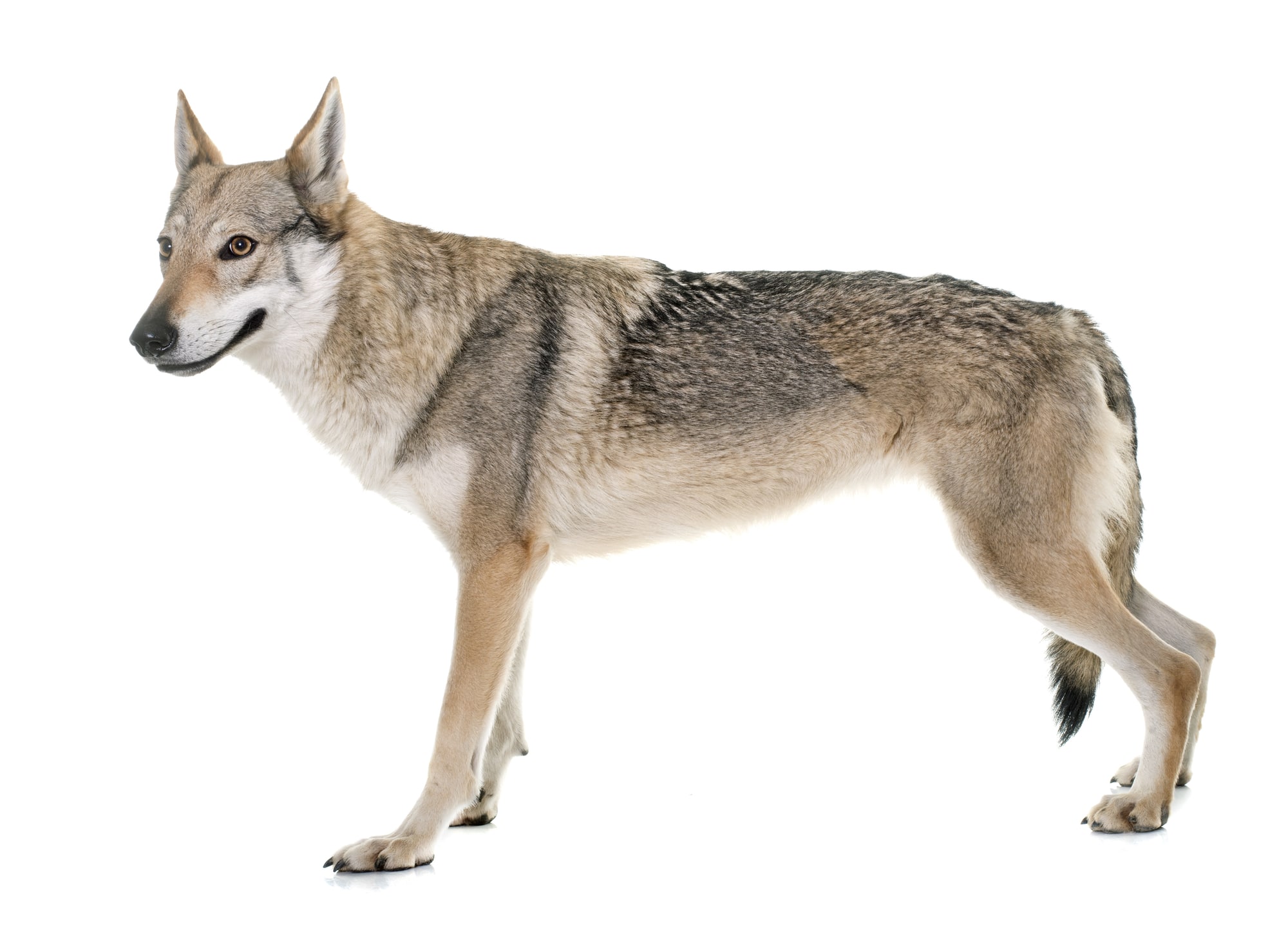
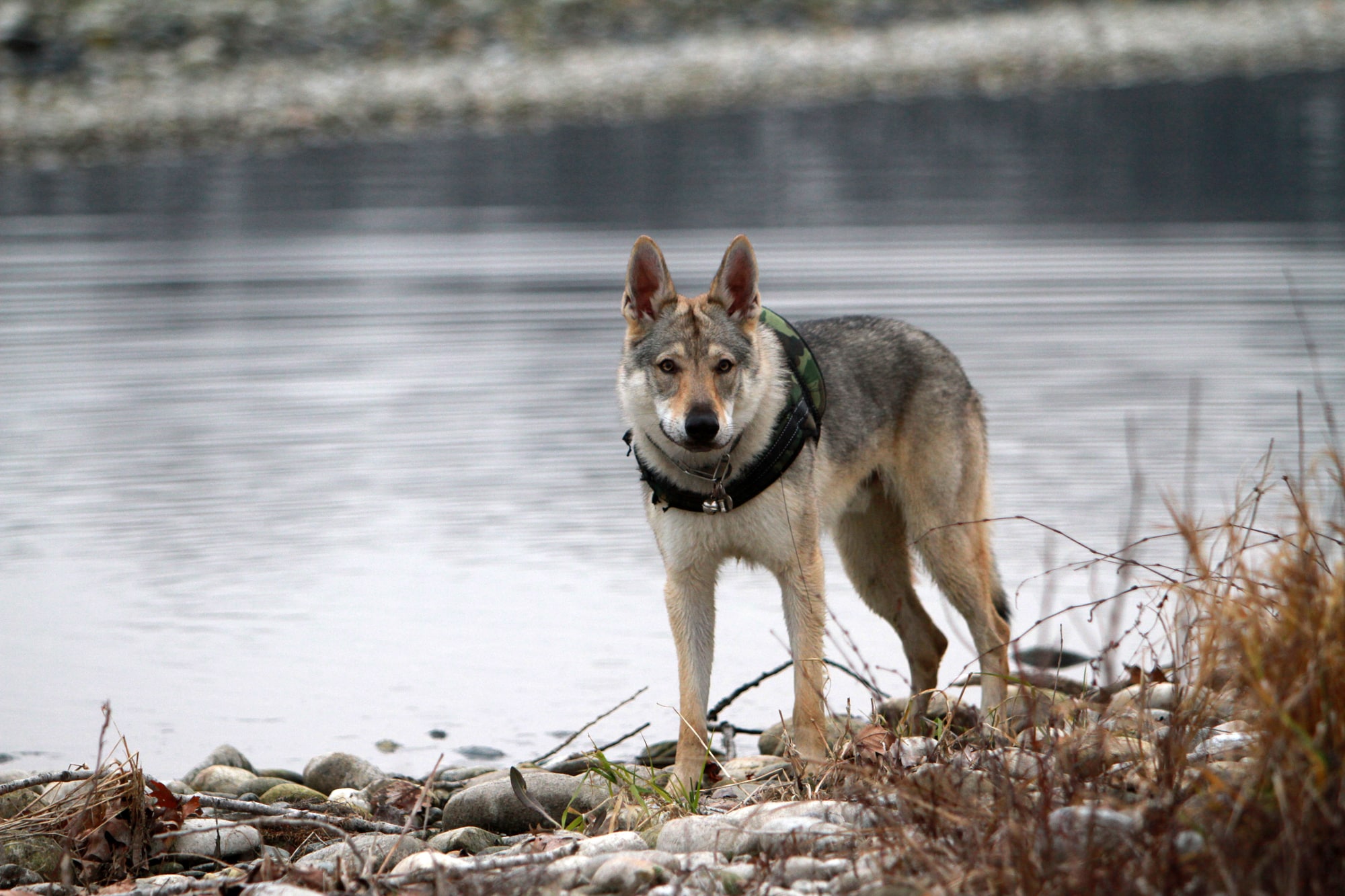
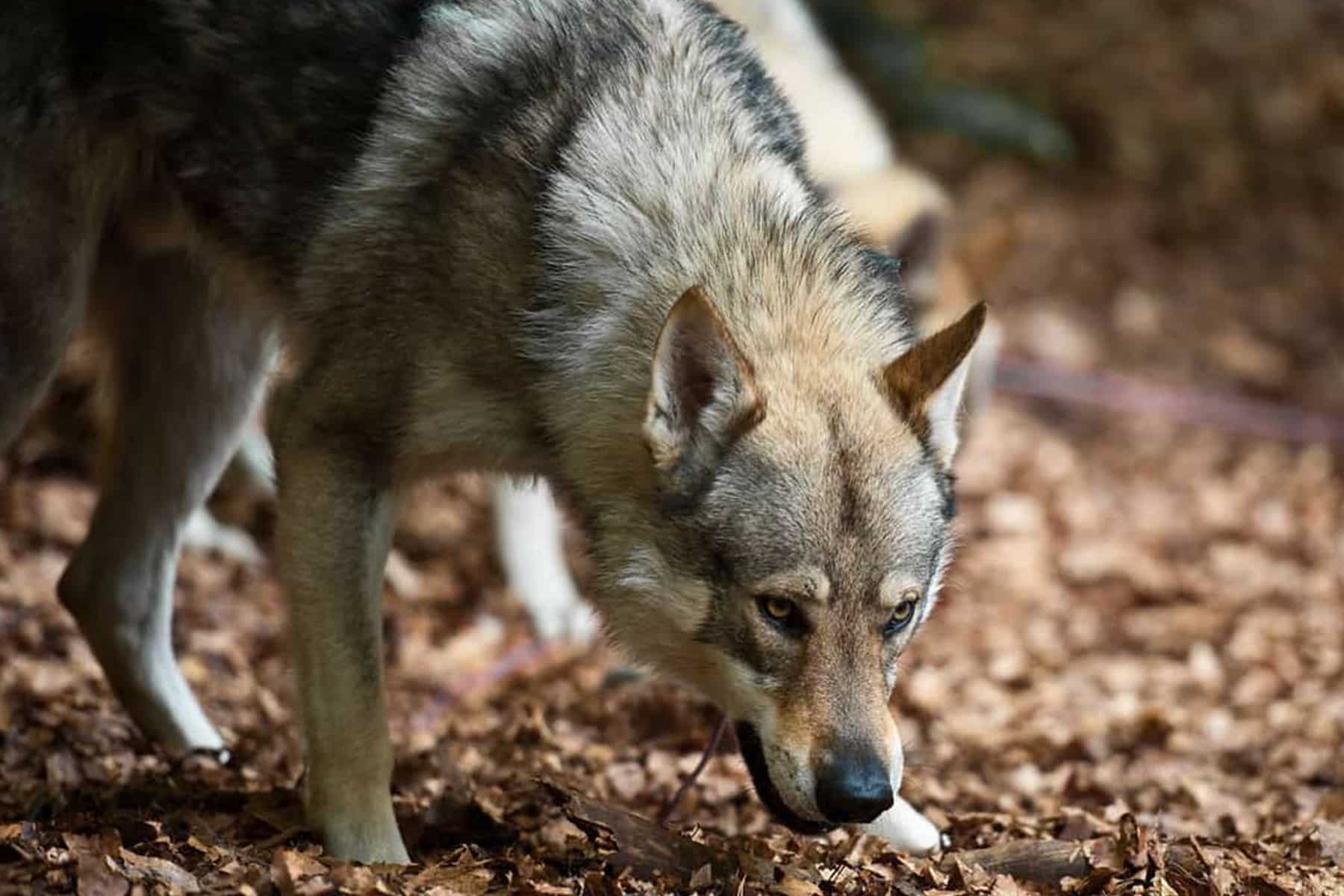
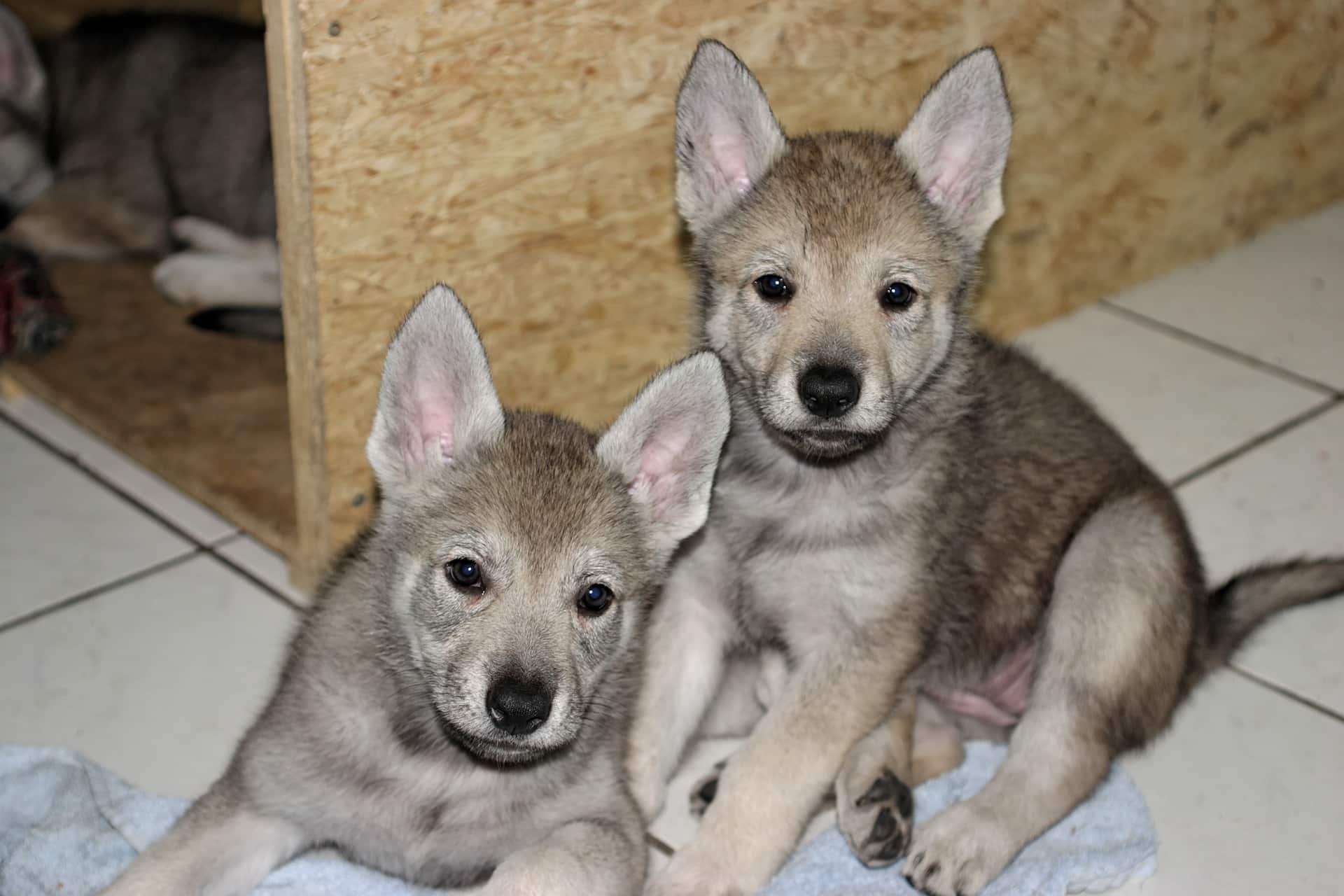
Temperament:
The Czechoslovakian Wolfdog is the result of a cross between wolves and German shepherds. This is why its appearance is very reminiscent of a wolf. Due to its wolf blood, it is much closer to its ancestors than its conspecifics. The Czechoslovakian Wolfdog has been an officially recognized dog breed since 1999. It belongs to group 1 of the FCI.
Characteristics
The Czechoslovakian Wolfdog has a wedge-shaped head and a grayish coat. The mask is lighter in color than the rest of the coat. The dog's coat is very robust and also protects it from the weather.
Like the wolf, the Czechoslovakian Wolfdog has a change of coat. This takes place between summer and winter. In the cold season, a thick undercoat protects it from the sub-zero temperatures.
The breed is characterized by a muscular build. Males reach a height at the withers of around 65 centimeters. Females reach a height at the withers of around 60 centimetres. Males usually weigh 26 kilograms and more. Females weigh around 20 kilograms. Females usually come into heat once a year. This is much rarer than with other dog breeds.
The life expectancy of the dogs is between 13 and 16 years. This high life expectancy is unusual for such a large breed. So you can look forward to a long time together with your four-legged friend.
The Czechoslovakian Wolfdog's character shows its closeness to the wolf. This is why they are usually skeptical and shy towards new things. The flight instinct is very pronounced in this dog breed.
The dog's natural mistrust can be controlled by good training. If you have won the heart of a Czechoslovakian Wolfdog, you can consider yourself lucky. You will have gained a friend for life. Due to its origin from the wolf, it has a pronounced pack behavior. He is very loyal to his owner. Your new friend will therefore be a very loyal companion.
This dog is very intelligent and eager to learn. It masters even difficult tasks after a short time. He constantly wants to be kept busy with exciting activities.
The Czechoslovakian Wolfdog also has a strong hunting instinct. It is therefore better to keep it on a lead in open areas.
The animals have very well developed reflexes. Their reaction speed is very high. They are very hard-working and excellent sniffer dogs. However, due to their skittishness, these dogs are not suitable for police or military service.
Coat care:
Shedding:
Energy level:
Trainability:
Children suitable:
The right food
When choosing food, make sure that it contains high-quality ingredients, is balanced and meets your dog's requirements. Age, size or weight, activity and health status play an important role. You should follow the manufacturer's recommendations for the amount of food.
Treats should only be fed in moderation and deducted from the basic diet to avoid obesity.
Puppies can be fed 4-6 times a day. The number of meals should be gradually reduced to 2 per day until the dog is fully grown. A rest period should be observed after meals.
Fresh drinking water should be available at all times.
Health & Care
Only experienced dog owners should acquire a Czechoslovakian Wolfdog. The animals are very demanding to keep. We therefore recommend a different breed as a first dog. They want to be challenged physically and mentally. This is the only way to keep them relaxed and happy. You will need a lot of patience, love and experience to train them.
The fear of the unknown must be taken away from this naturally timid animal as early as possible. The Czechoslovakian Wolfdog should therefore be accustomed to its surroundings from an early age. In this way, it learns to deal with other people, situations and dogs.
If it has been successfully socialized, it is also suitable as a family dog. They are particularly fond of children. He will be very patient with your own offspring.
This four-legged friend needs a lot of exercise. Ideally, you should have a large plot of land. Your garden should be surrounded by a sturdy fence. This way, your pet can move around freely and there will be no conflicts with your neighbors.
When purchasing a pet, you should also consider the financial aspect. You should realistically calculate the costs for food, vet and insurance.
If you want to add a Czechoslovakian Wolfdog puppy to your family, you will need a lot of patience. For one thing, the breed is very rare and cannot be found everywhere. Secondly, the bitches only give birth once a year.
Puppies in particular are very playful. Therefore, the animal's new home should be well secured. You should also be able to turn a blind eye if something breaks.
The Czechoslovakian Wolfdog can also be kept outdoors. This requires a sufficiently large and secure property. However, it loves living in a pack and prefers the company of people and other dogs. You should therefore never leave him alone for too long.
Long walks should be an integral part of your dog's lifestyle. That's why it's important that you enjoy exercise as much as your pet.
Training must be consistent. The dog must be taught a fixed hierarchy in the pack. He must never get the feeling that he himself is at the top. Then he could become rebellious.
The coat of a Czechoslovakian Wolfdog requires intensive grooming. The animal must be brushed regularly. A special feature of this breed is its shedding coat. They have inherited this from the wolves. The coat changes from summer to winter and vice versa.
The summer coat in particular poses major problems for many owners. The shedding period usually lasts several weeks. During this time, the four-legged friends lose their thick undercoat. A large amount of dog hair then accumulates in the home.
Regular vacuuming can help. However, the sheer mass of hair can hardly be kept in check at all times. That's why you should be understanding during the shedding period. The floor in your house will be a little dirtier than usual.
Otherwise, the dogs bring very little dirt into the home. You don't have to bathe a Czechoslovakian Wolfdog either.
In addition to grooming, the animals must be wormed from time to time. Regular vaccinations, claw, ear, eye and dental care are also important.
Suitable accessories
You will need some typical utensils to keep this breed of dog. First of all, you need the classic things such as a lead, collar, food bowl, food, sleeping place, etc.
Of course, your household should also have a special brush for grooming. If your four-legged friend has caught a tick, help is also needed here. The problem can be solved in no time at all with tick tweezers.
The dog breed has a very weatherproof coat. Additional warm clothing is therefore not necessary.
Your dog will also need claw clippers, a toothbrush and toothpaste for dogs, a transport box for transportation in the car and a first aid kit. It's best to ask your vet what should be in the first aid kit.
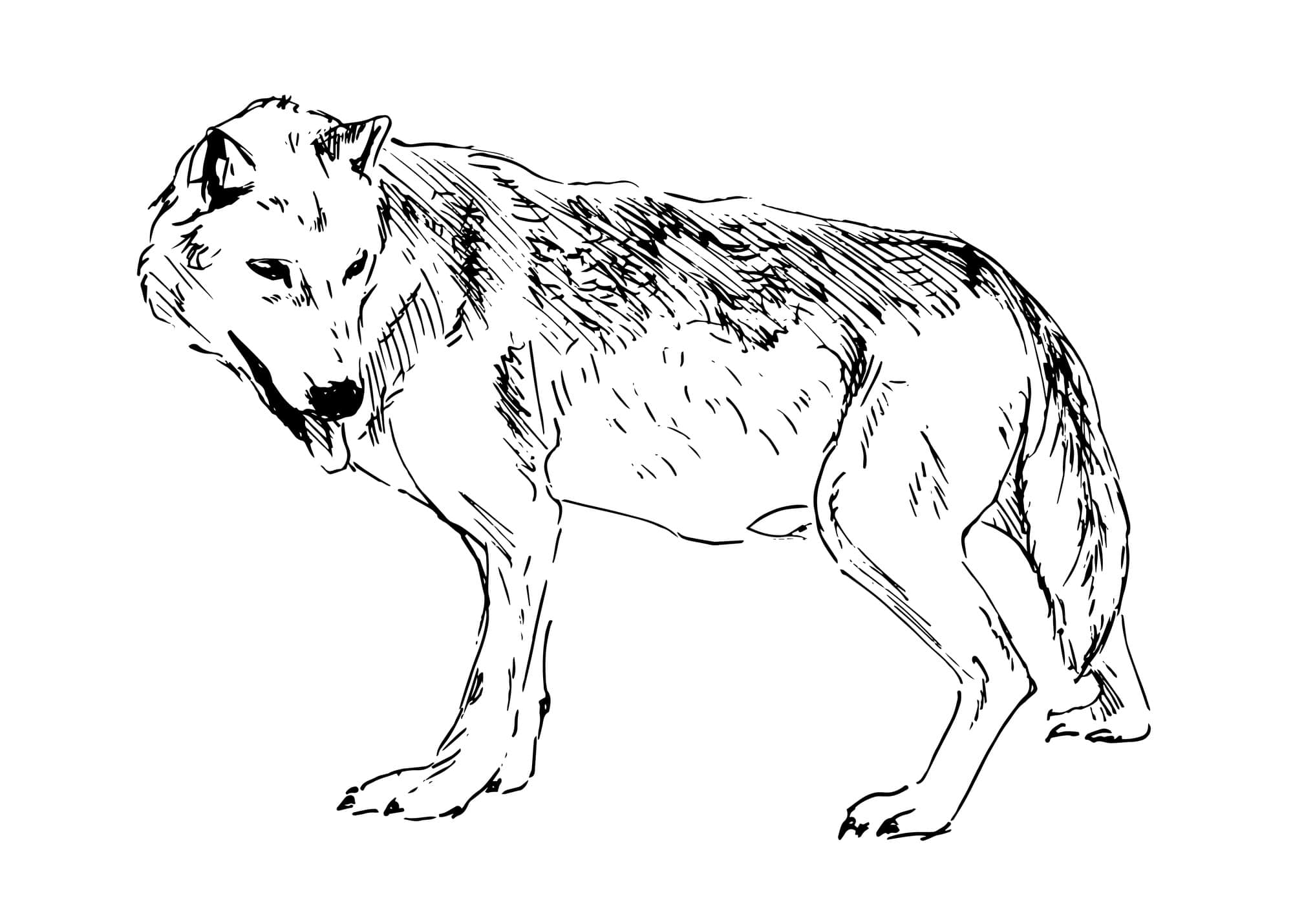
Origin & History
The history of the Czechoslovakian Wolfdog is very interesting. It goes back to a crossbreeding attempt that was carried out in the 1950s. The setting was Czechoslovakia at the time. The biologist Karel Hartl was commissioned by the state army.
He was to breed a new breed of dog. This was to be particularly adapted to the harsh climatic conditions in Czechoslovakia. Hartl used four Carpathian wolves and 24 German shepherds for this purpose. The mating attempts initially dragged on unsuccessfully for several years.
The first successful litter was born in 1958 and the great-grandmother of all Czechoslovakian Wolfdogs today is the Carpathian she-dog Brita. At first, she fiercely resisted all mating attempts by the shepherd dogs. By chance, however, a particularly dominant specimen came close to her. Only then was the mating successful.
The offspring were in turn mated with other German Shepherds. Wolves were crossed for the last time in 1983.
The mongrels had a very skittish and aggressive nature. The army was therefore unable to use them for their work. Many dogs of this breed were therefore killed.
However, breeding was resumed in the 1980s. In 1989, the breed was conditionally recognized by the FCI. Final recognition was granted 10 years later. Since then, the Czechoslovakian Wolfdog has been listed in Group 1, Section 1 of the FCI. It therefore belongs to the herding dogs and sheepdogs.
